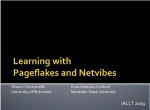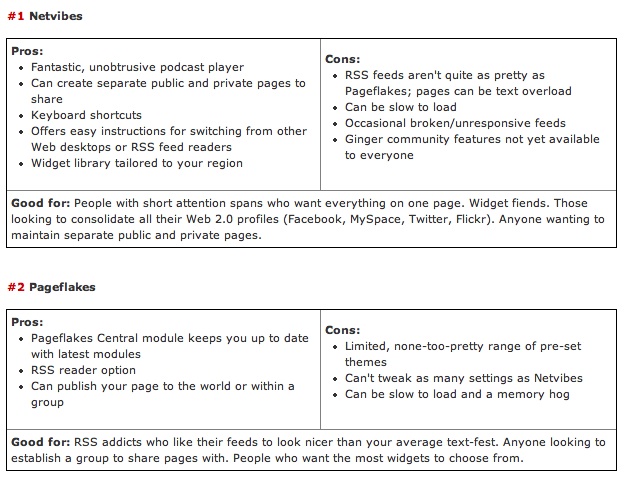I spent the better part of my morning trying to update my personal/academic webpage hosted on our college server. I was using Dreamweaver to update my professional addresses page and realized that I have this information on some many different social media sites that perhaps my limited knowledge of Dreamweaver didn’t tap into all the available information that already exists elsewhere.
So then I thought about getting off my a** and creating the personal start page on Netvibes that I never got around to. Then, I thought, why not a wordpress blog as a web space and could use various widgets there too. Then I thought, maybe my knowledge is far too limited and there are other tools that I could be using that I don’t know about. Then I thought…it’s time to stop thinking and start asking questions to my personal learning network. So, PLN, what do you use for your web space? My space currently is like an online CV, but it could be so much more, couldn’t it?
Any suggestions would be so greatly appreciated. Thanks 🙂




